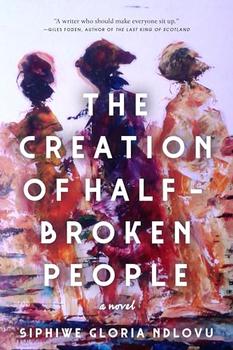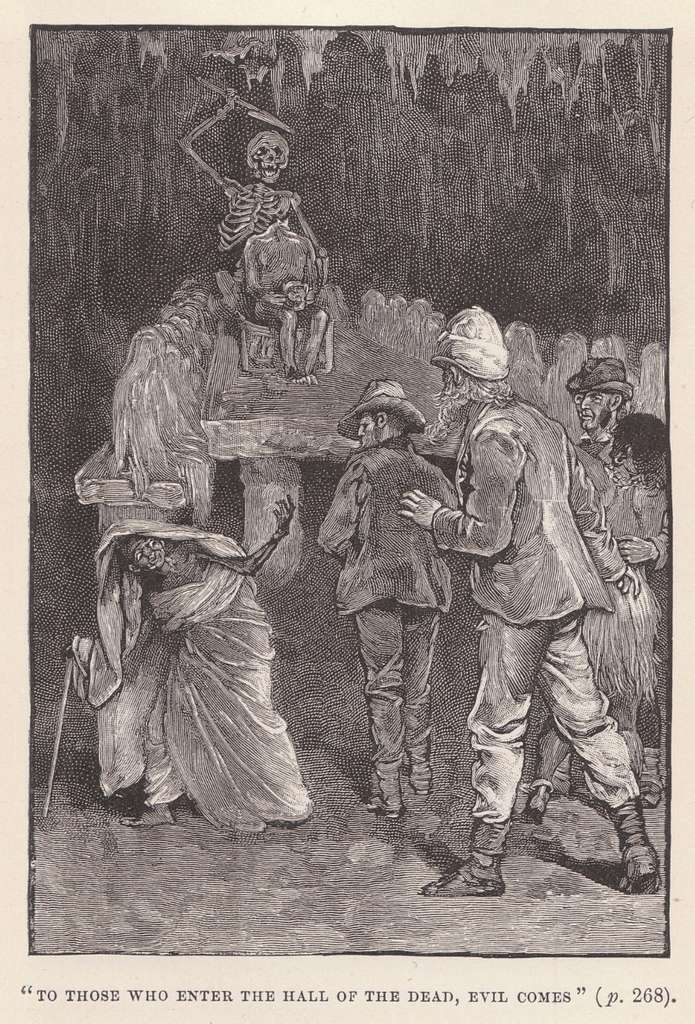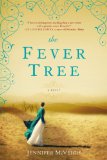Summary | Excerpt | Discuss | Reviews | Beyond the book | Read-Alikes | Genres & Themes | Author Bio

A Novel
by Siphiwe Gloria NdlovuStupendous African Gothic, by the winner of Yale University's Windham–Campbell Prize.
Showcasing African Gothic at its finest, The Creation of Half-Broken People is the extraordinary tale of a nameless woman plagued by visions. She works for the Good Foundation and its museum filled with artifacts from the family's exploits in Africa, the Good family members all being descendants of Captain John Good, of King Solomon's Mines fame.
Our heroine is happy with her association with the Good family, until one day she comes across a group of protestors outside the museum. Instigating the group is an ancient woman, who our heroine knows is not real. She knows too that the secrets of her past have returned. After this encounter, the nameless woman finds herself living first in an attic and then in a haunted castle, her life anything but normal as her own intangible inheritance unfolds through the women who inhabit her visions.
With a knowing nod to classics of the Gothic genre, Siphiwe Gloria Ndlovu weaves the threads of a complex colonial history into the present through people "half-broken" by the stigmas of race and mental illness, all the while balancing the humanity of her characters against the cruelty of empire in a hypnotic, haunting account of love and magic.
The narrative is a complex blending of literary styles. The book's jacket calls it "African gothic" and the story's overall framework plays with tropes common to the gothic genre (e.g., the madwoman in the attic, apparitions, bloody specters). The narrator's overlaying tale has a hallucinogenic quality to it. As the protagonist delves into past generations, though, the tenor shifts from a spooky ghost story to more traditional historical fiction. Ndlovu focuses on the intergenerational trauma resulting from British colonialism of the 19th and 20th centuries, using the colonizers' actions in Bulawayo to illustrate her points. The story is largely told from the viewpoint of those whose voices are often lost in history ("misremembered, misbegotten and forgotten women"), unfolding through three of the narrator's specters, each of whom represents a different period in Bulawayo's history...continued
Full Review
(867 words)
This review is available to non-members for a limited time. For full access,
become a member today.
(Reviewed by Kim Kovacs).
 King Solomon's Mines, a novel by H. Rider Haggard, is referenced throughout Siphiwe Gloria Ndlovu's African gothic historical fiction work The Creation of Half-Broken People.
King Solomon's Mines, a novel by H. Rider Haggard, is referenced throughout Siphiwe Gloria Ndlovu's African gothic historical fiction work The Creation of Half-Broken People.
After Henry Rider Haggard (1856–1925) had returned to England from a stint as an administrator in South Africa, his brother suggested a wager: he would pay him five shillings if he could write a book "half as good" as Robert Louis Stevenson's Treasure Island. Haggard accepted the wager, and over a few weeks in 1885 dashed off the manuscript for what would become King Solomon's Mines. Once the book hit the shelves it was an instant success. It's credited with being the first in the Lost World genre — a subgenre of science fiction that revolves ...
This "beyond the book" feature is available to non-members for a limited time. Join today for full access.

If you liked The Creation of Half-Broken People, try these:

by Namwali Serpell
Published 2020
An electrifying debut from the winner of the 2015 Caine Prize for African writing, The Old Drift is the Great Zambian Novel you didn't know you were waiting for.

by Jennifer McVeigh
Published 2014
The Fever Tree is a compelling portrait of colonial South Africa, its raw beauty and deprivation alive in equal measure.
Our wisdom comes from our experience, and our experience comes from our foolishness
Click Here to find out who said this, as well as discovering other famous literary quotes!